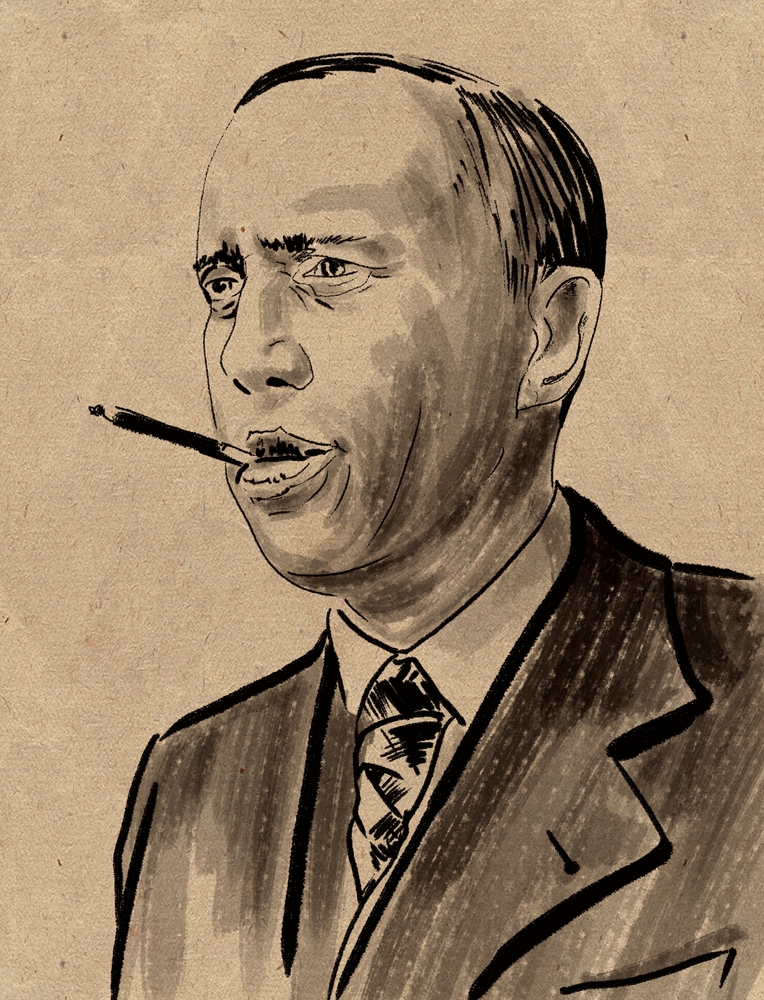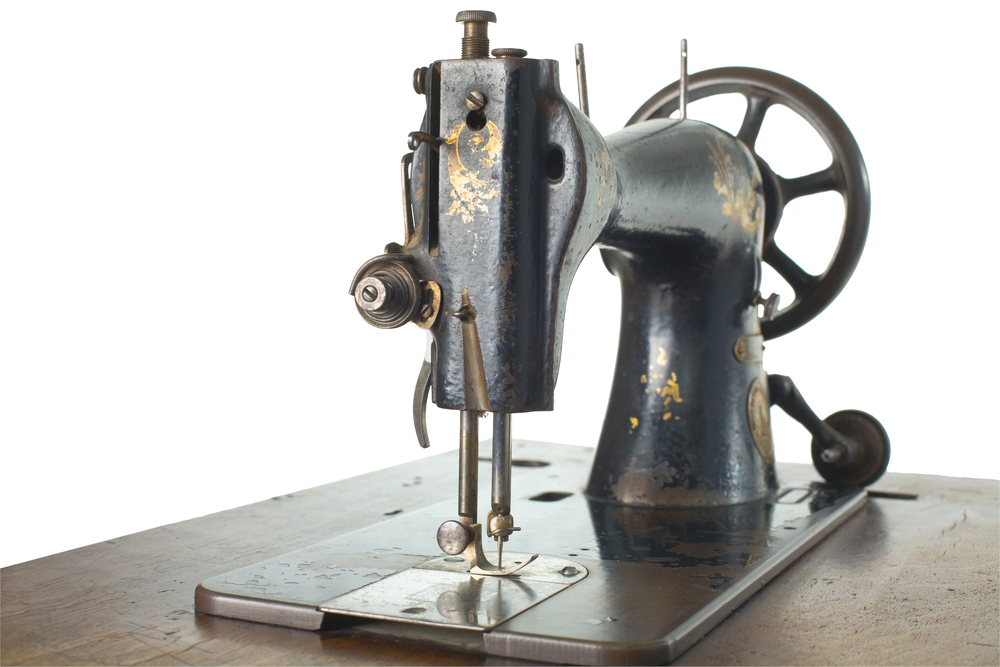Words, like ideas, travel on a trajectory that we often don’t fully grasp for generations after their introduction. In 1920, in Prague a Czech writer, Karel Capek, wrote a play named Rossum’s Universal Robots. A cautionary tale about the embrace of an automated future. Rossum, the protagonist, was devoted to making artificial people.

Robota, from which the word Robot was derived, was a Czech word referring to a system of forced serf labor. This requirement was compulsory at the time — working of the land held by the local feudal lord. It was a form of servitude which was abolished in 1848, but its namesake has survived multiple generations. In the intervening years the meaning of robot has evolved, some would say dramatically, others, perhaps not so much.
A similar look at the word Machine sees its origins from Latin “machina”, then Greek, with the underlying meaning evolving from a “contrivance”, or “engine” which in turn had origins in the words for “expedient” or “remedy”. The modern derivation refers to stage engines used in theater to move weights and scenery around and also with ties to military engines for similar logistic purposes.
Simply put, from initial conception to modern times, Robots were conceived as devices to replace human labor. Machines, on the other hand have always been associated with contrivances operated by humans to complete specific tasks.
Starting about three hundred BC in Greece, Archimedes codified a classification of machines as simple devices used to amplify force, transmit power, or redirect force. Ultimately the five simple machines (lever, windlass, pulley, wedge, and screw) came to define “machinery” and multiple simple machines could be combined to produce compound machines.

Clearly, machines had been around for hundreds of years before the word robot, defined as an artificial person, emerged. It is meaningful that the context of the introduction of robots was specifically for relieving humans of the burden of work. The implication is that a robot, as a replacement for humans, must be humanoid in aspect. Societal norms view “machines” as performing a variety of controlled tasks under human control while “robots” are autonomous machines designed to displace the drudgery of being a working human. This is where we stand today.
